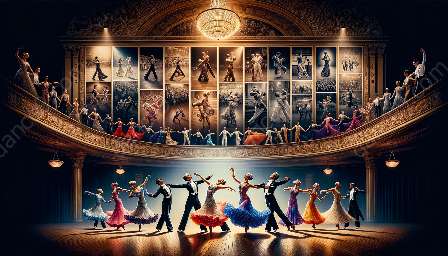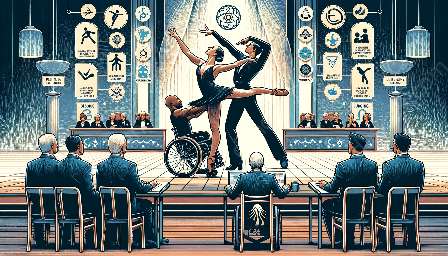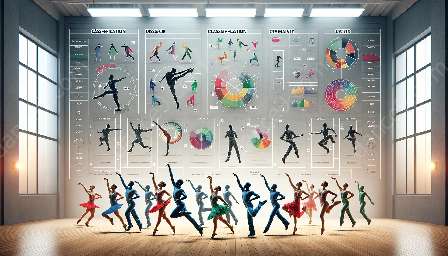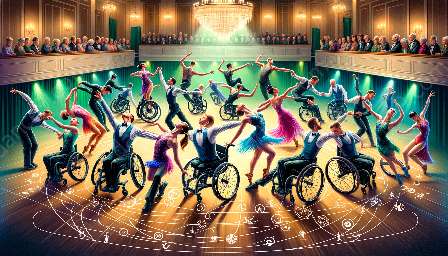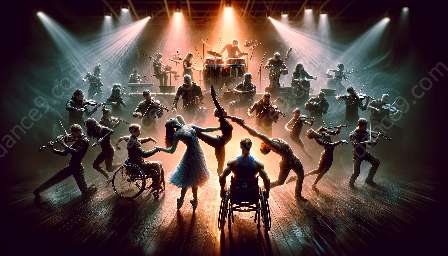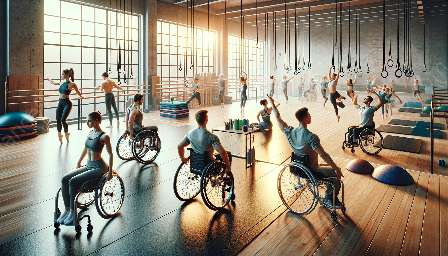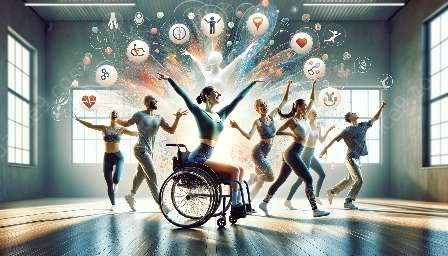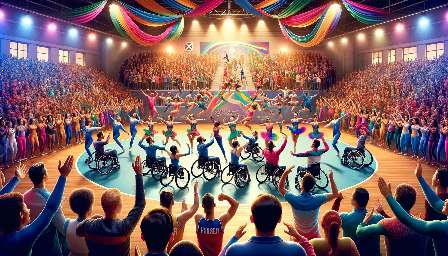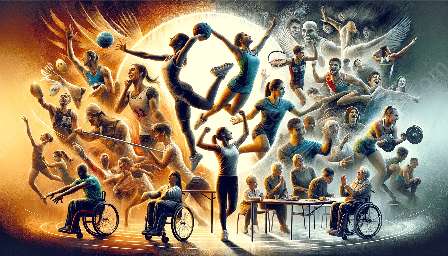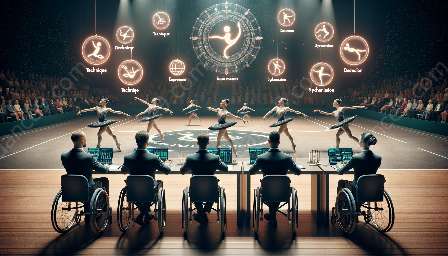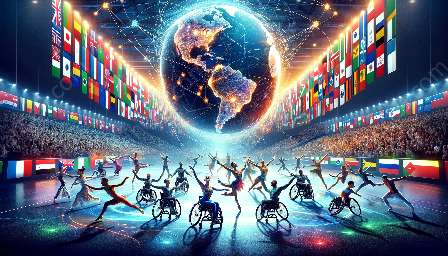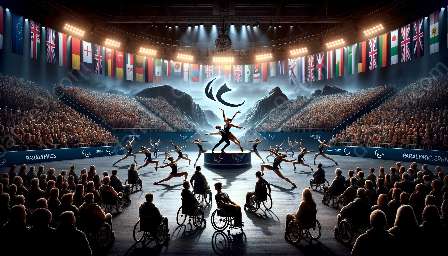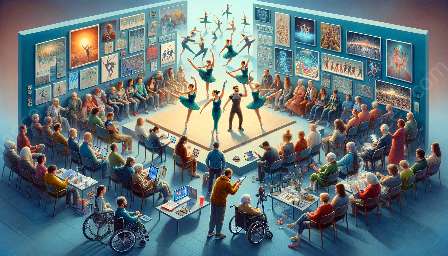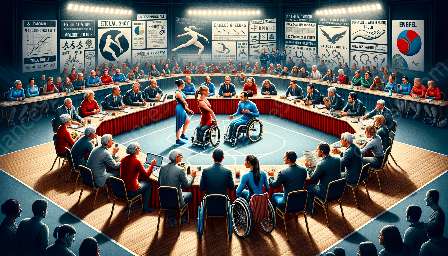Para dance sport is an inspiring and competitive sport that requires strength, skill, and agility. For para dancers, cross-training plays a crucial role in preparing for dance sport competitions, especially the World Para Dance Sport Championships. In this article, we will explore the key benefits of cross-training for para dancers and discuss how training and conditioning contribute to success in para dance sport.
The Importance of Cross-Training for Para Dancers
Cross-training involves participating in various forms of exercise and physical activities to enhance overall fitness and performance. For para dancers, cross-training offers numerous advantages that directly impact their ability to excel in dance sport competitions. Some of the key benefits include:
- Improved Strength and Endurance: Cross-training allows para dancers to engage in exercises that target different muscle groups, leading to overall improvement in strength and endurance. This is essential for executing complex dance movements and routines with precision and control.
- Reduced Risk of Injury: By incorporating a diverse range of exercises into their training regimen, para dancers can reduce the risk of overuse injuries and muscle imbalances. Cross-training helps in promoting muscular balance, flexibility, and mobility, which are essential for preventing injuries in dance sport.
- Enhanced Mental and Physical Coordination: Engaging in various cross-training activities, such as yoga, Pilates, or resistance training, can enhance the mental and physical coordination of para dancers. This is critical for mastering intricate dance choreography and maintaining synchronization with a dance partner.
- Improved Cardiovascular Fitness: Cross-training often includes cardiovascular activities such as swimming, cycling, or rowing, which contribute to improved cardiovascular fitness. For para dancers, enhanced cardiovascular endurance is crucial for sustaining high-energy dance routines and performances.
Training and Conditioning for Para Dance Sport
Training and conditioning are essential components of a para dancer's preparation for dance sport competitions. In addition to cross-training, para dancers undergo specific training and conditioning programs to optimize their physical and technical abilities. Some key aspects of training and conditioning for para dance sport include:
- Technical Skill Development: Para dancers focus on refining their technical dance skills, including posture, balance, footwork, and partnering techniques. Training sessions are dedicated to perfecting specific dance styles and routines that align with the requirements of dance sport competitions.
- Strength and Flexibility Training: Specific strength and flexibility exercises are integrated into the training regimen to enhance the physical capabilities of para dancers. These exercises target muscle groups involved in dance movements, emphasizing core strength, lower body stability, and upper body control.
- Endurance and Stamina Building: Para dancers engage in endurance training to build the stamina required for prolonged dance performances. This involves practicing routine repetitions, endurance-based drills, and interval training to enhance aerobic and anaerobic capacities.
- Injury Prevention and Recovery: Conditioning programs for para dancers also focus on injury prevention and recovery strategies. This includes warm-up and cool-down routines, mobility exercises, and injury-specific rehabilitation to maintain overall physical health and readiness for competitions.
Success at the World Para Dance Sport Championships
The World Para Dance Sport Championships represent the pinnacle of competitive para dance sport, where elite para dancers from around the globe showcase their exceptional skills and artistry. To achieve success at this prestigious event, para dancers must undergo rigorous training, conditioning, and cross-training to excel in various categories and dance styles.
Competing at the World Para Dance Sport Championships requires para dancers to demonstrate exceptional technical proficiency, artistic expression, and physical prowess. The comprehensive preparation and focus on cross-training, training, and conditioning are vital for para dancers to meet the demands of this elite competition and perform at their best.
Conclusion
In conclusion, cross-training offers significant benefits for para dancers in their preparation for dance sport competitions, including the World Para Dance Sport Championships. By incorporating diverse training and conditioning strategies, para dancers can enhance their strength, endurance, coordination, and overall performance, ultimately leading to success and recognition in the competitive world of para dance sport.

